Blog
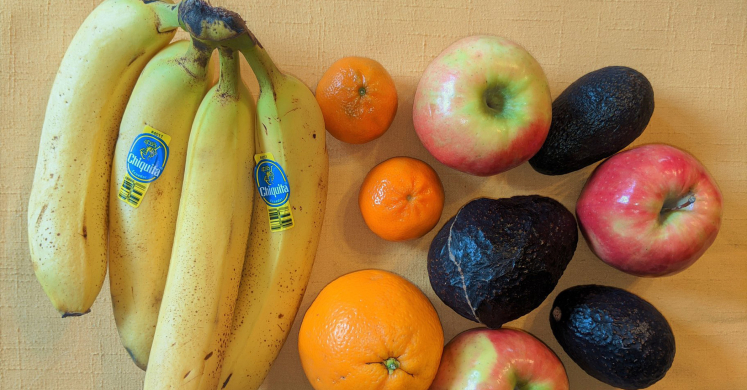
Learning About Fruit and Vegetable Gardens
Jennifer here with Gardening Tuesday! Did you know that your vegetable garden might be a fruit garden?
By now, many of us have heard that a tomato is actually a fruit, but it doesn't stop at tomatoes. So what are the differences between fruits and vegetables anyway? Click through my photos to learn more!
�� Try It At Home! ��
Next time you cook a meal, explore the fruits and vegetables you use!
�� Do you find any seeds?
�� Can you see a spot where the fruit started as a flower?
�� Can you identify what part of the plant your vegetables are?
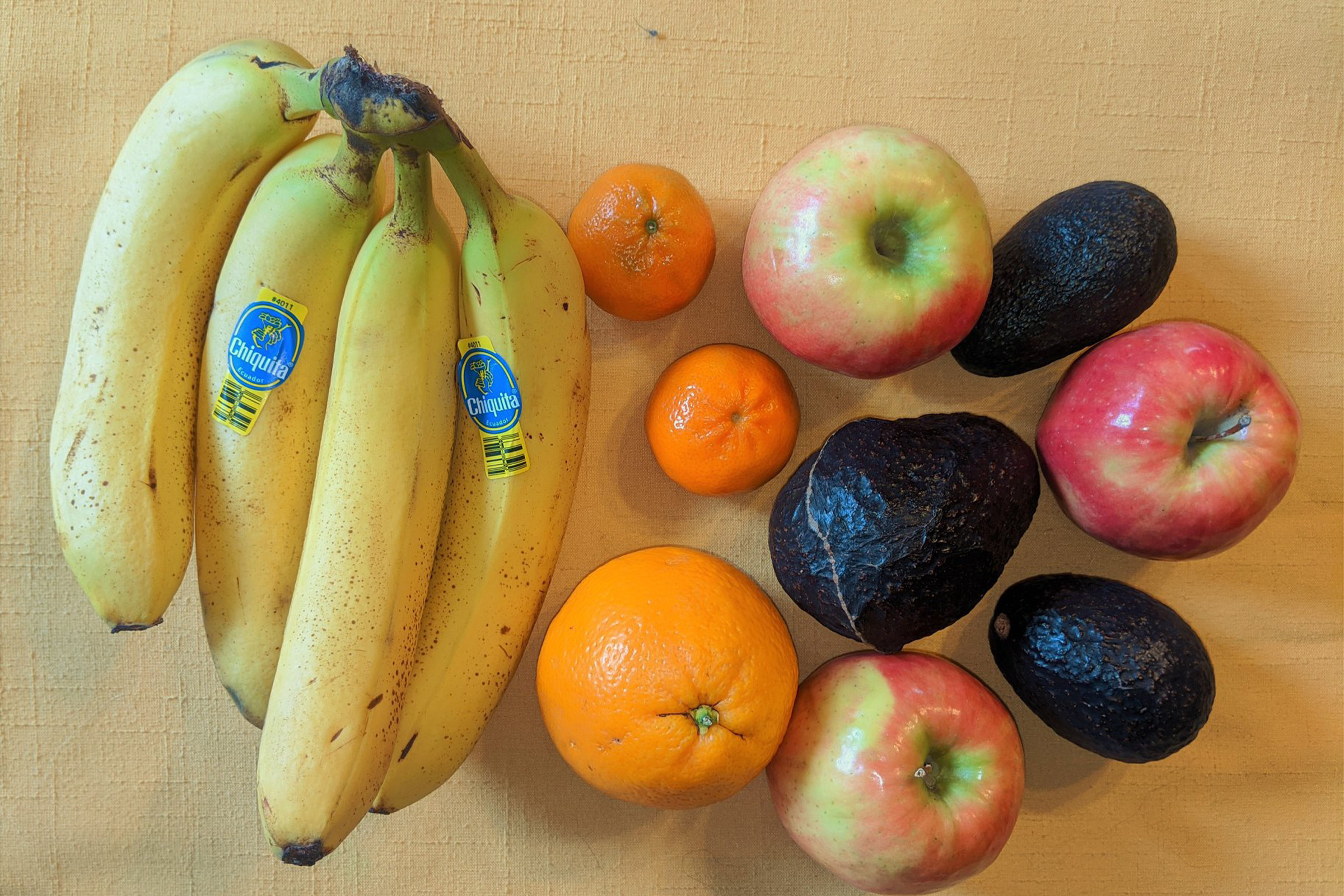
Fruits are the seed-bearing structure of a plant that grows from a flower. The seeds may be very small like the nonviable seeds of edible bananas or very large like the stone of an avocado.
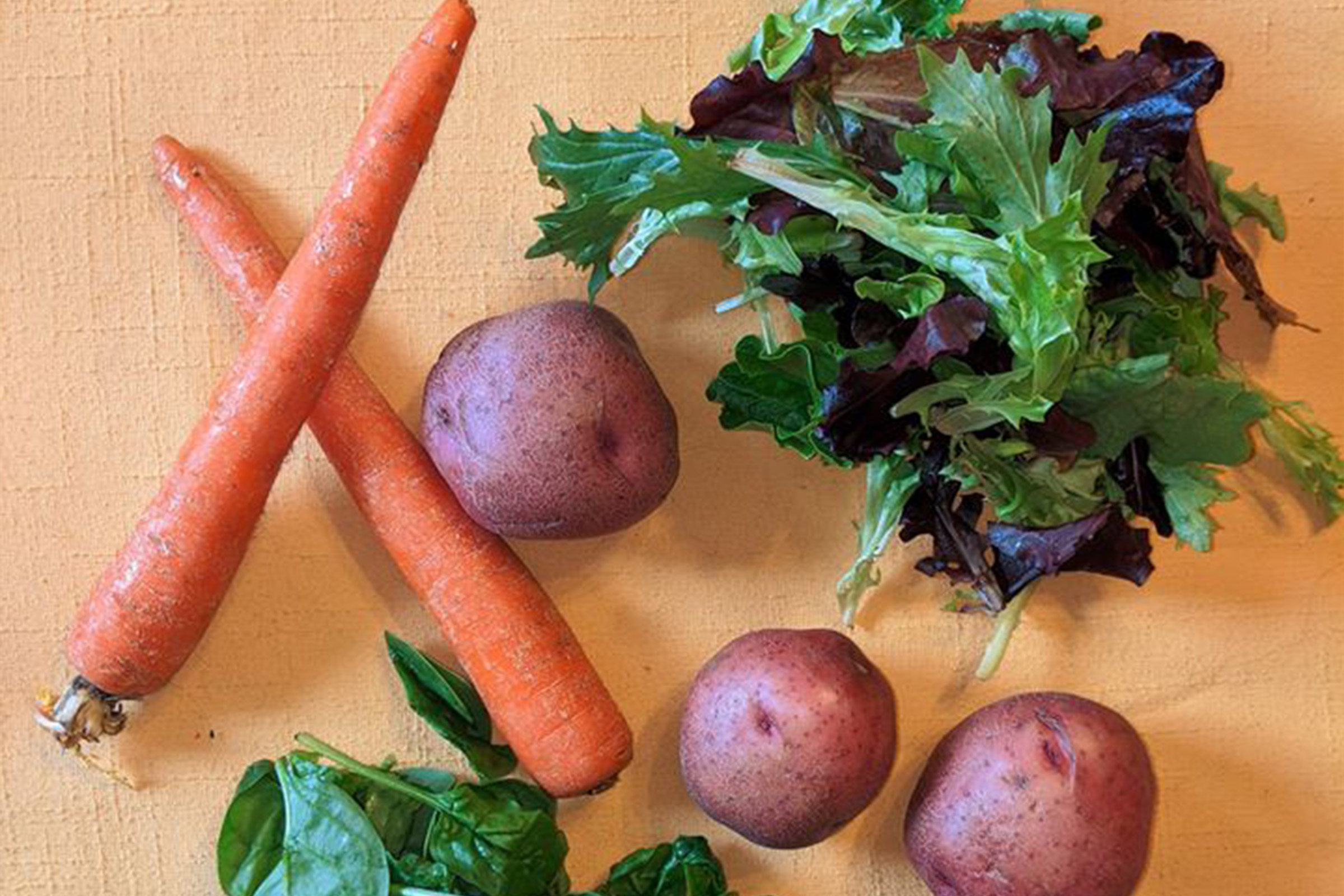
Vegetables are an edible part of a plant grown for food. These can be roots, stems, or leaves. Some vegetables, like carrots and beets, have multiple edible parts of the plant. Others, like rhubarb leaves, may be toxic.
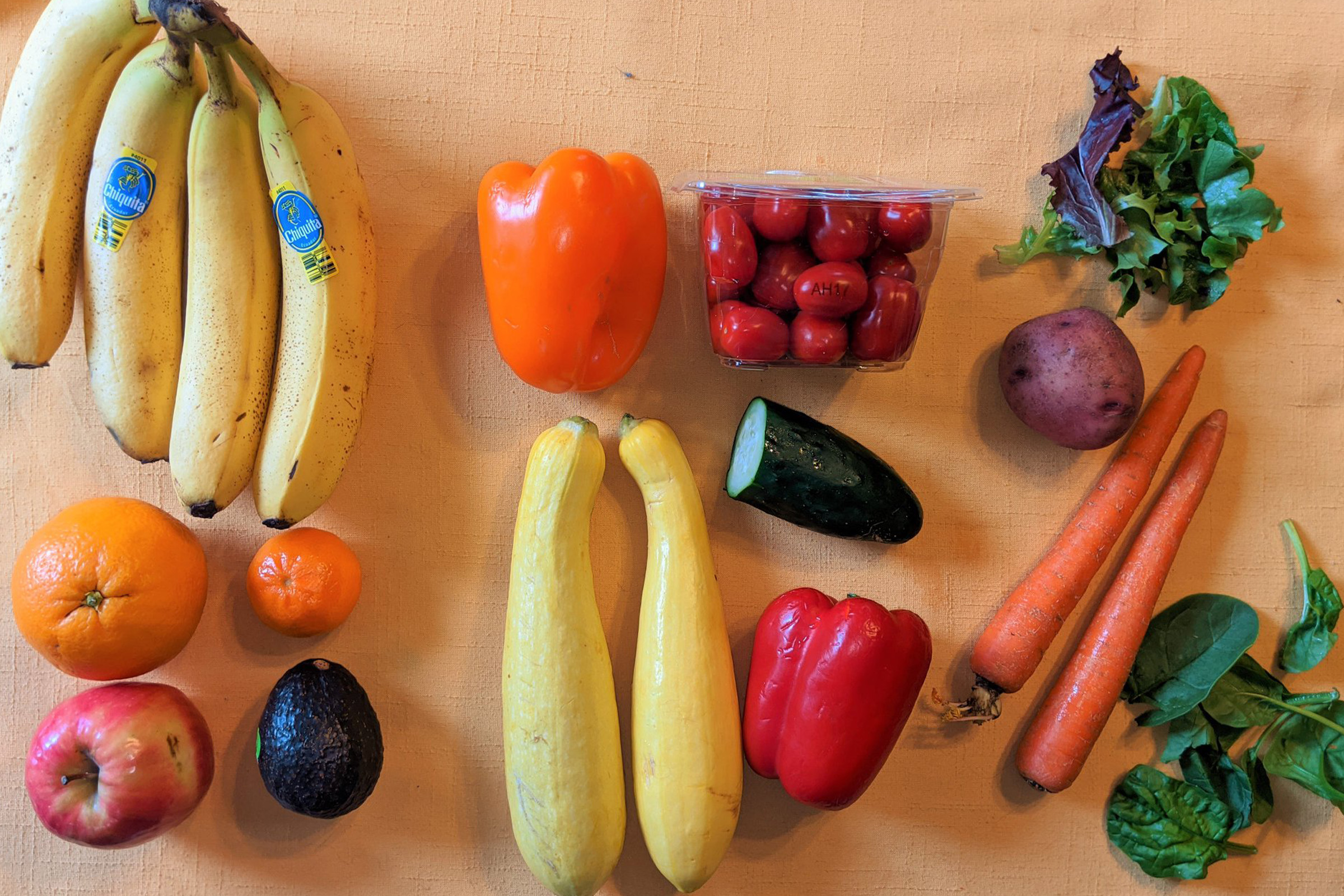
It seems obvious enough: apples, peaches, strawberries, and cherries all have seeds and grow from flowers on a tree or plant. Lettuce and spinach are leaves; celery and rhubarb are stems; carrots and potatoes are roots. What about tomatoes, peppers, cucumbers, yellow squash, green beans, and pumpkins?
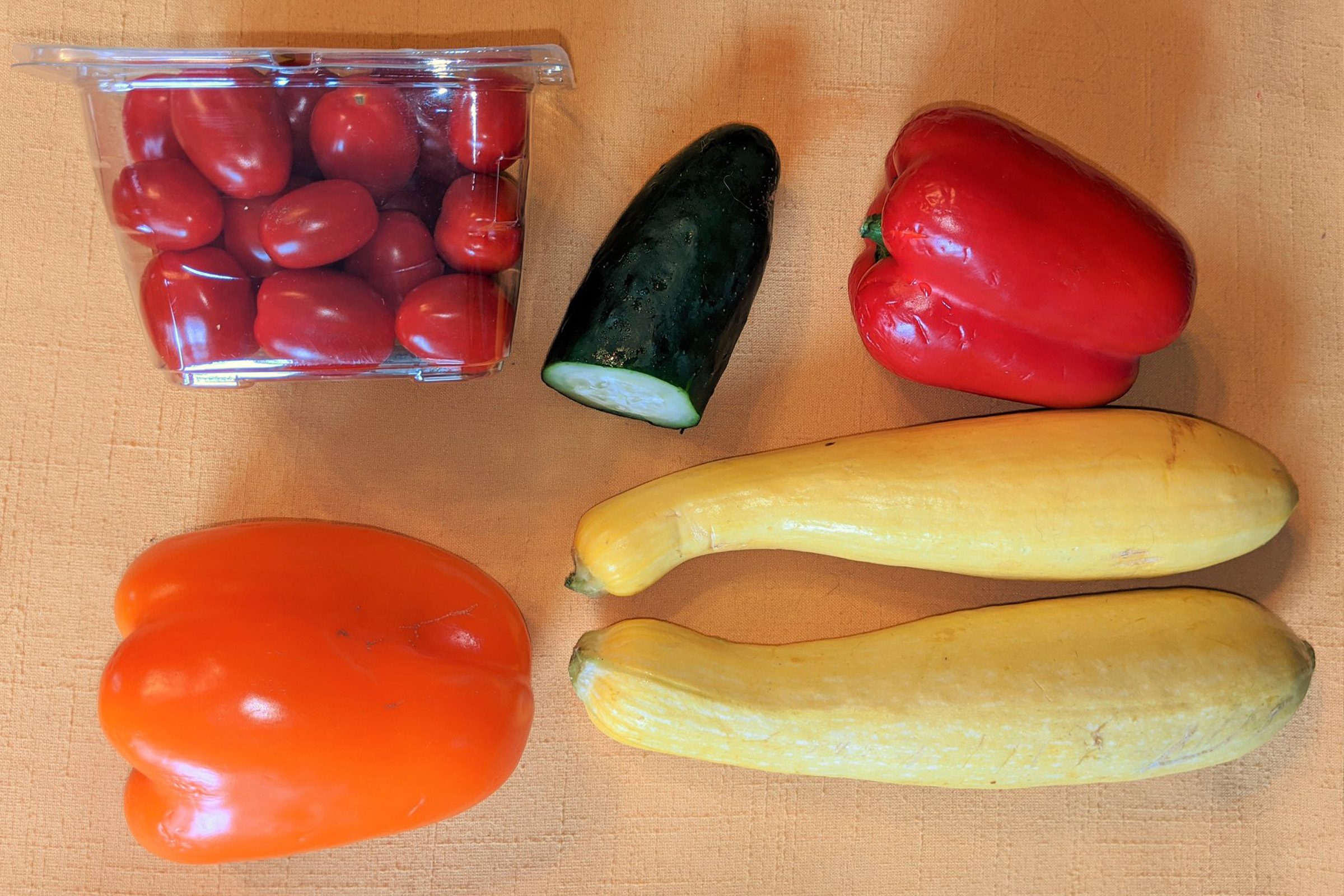
Most of our produce categorization is based on taste and culinary uses, rather than botanical definitions. Despite calling these "vegetables," they are all botanically fruits!
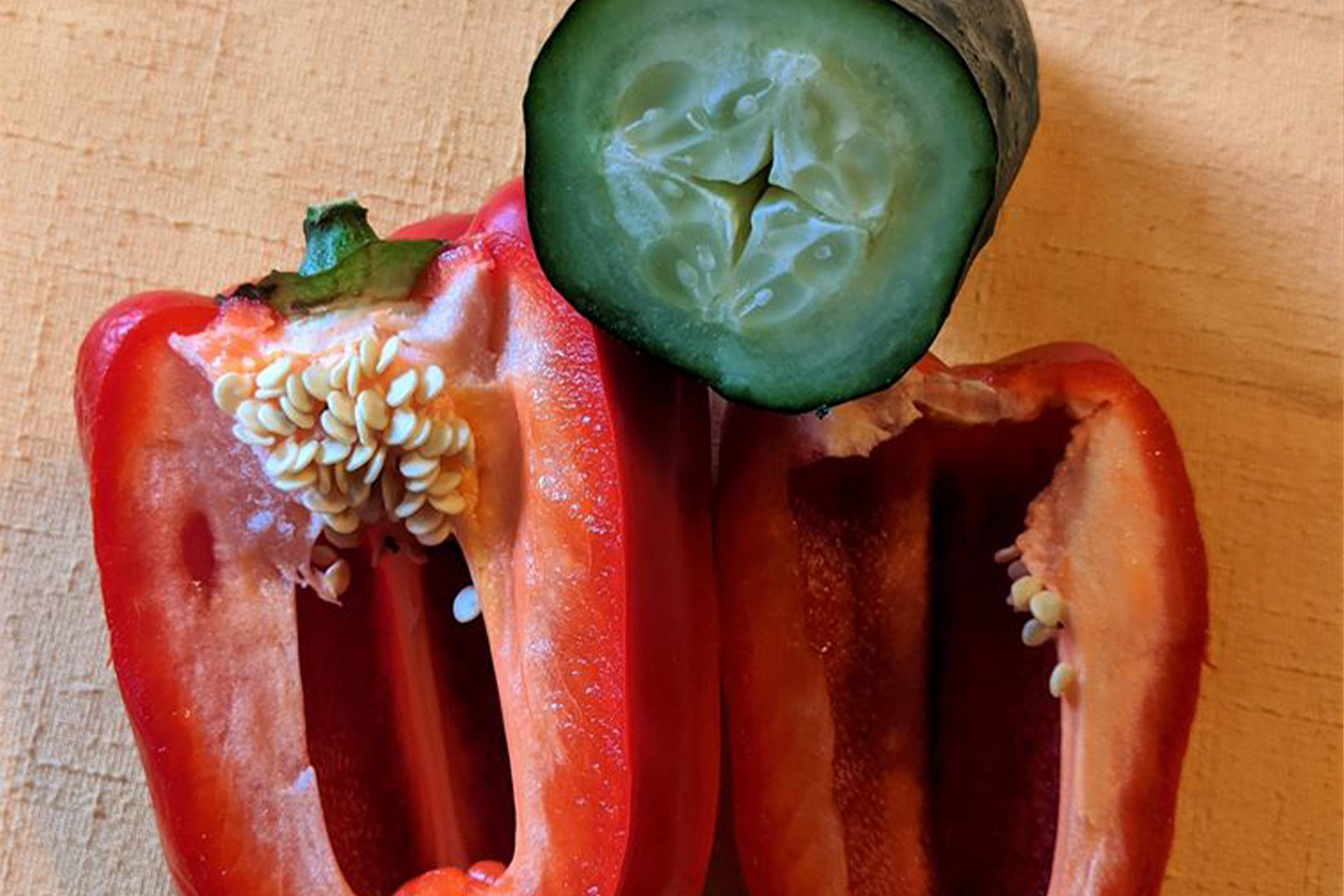
Peppers, cucumbers, squash, and tomatoes grow from flowers and have seeds inside! I don't know about you, but I still wouldn't add green beans to a fruit salad. This is why we consider them to be culinary vegetables.
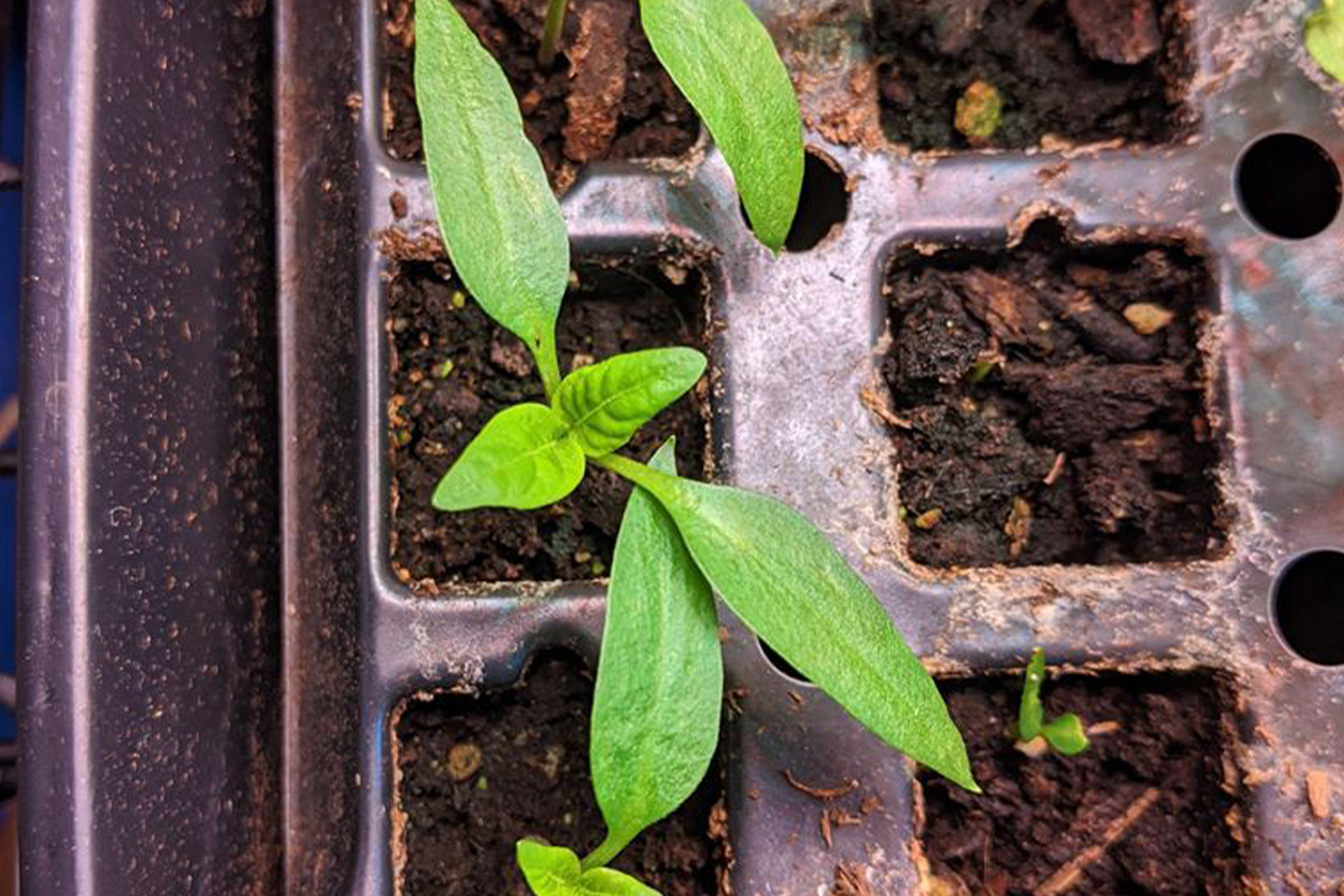
Knowing that many plants in your garden are culinary vegetables but botanical fruits comes with benefits! You can save seeds from them and grow them again! You can save seeds from store produce, too. I saved seeds from a yellow bell pepper, and now they are quickly-growing seedlings.

